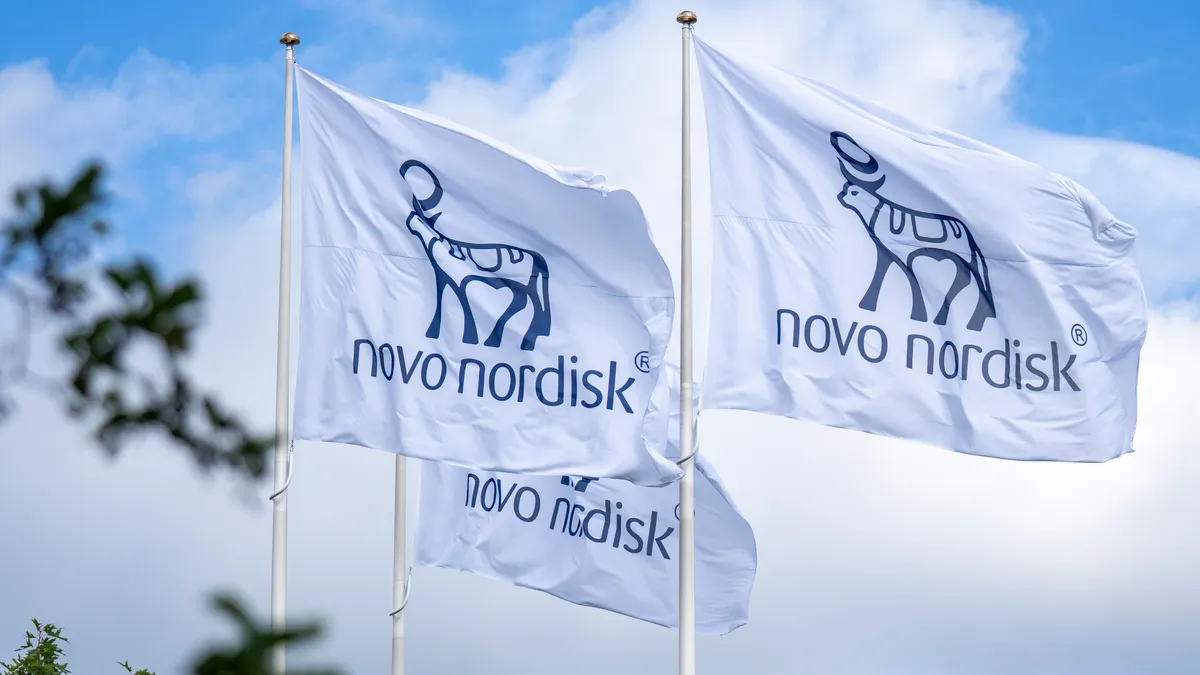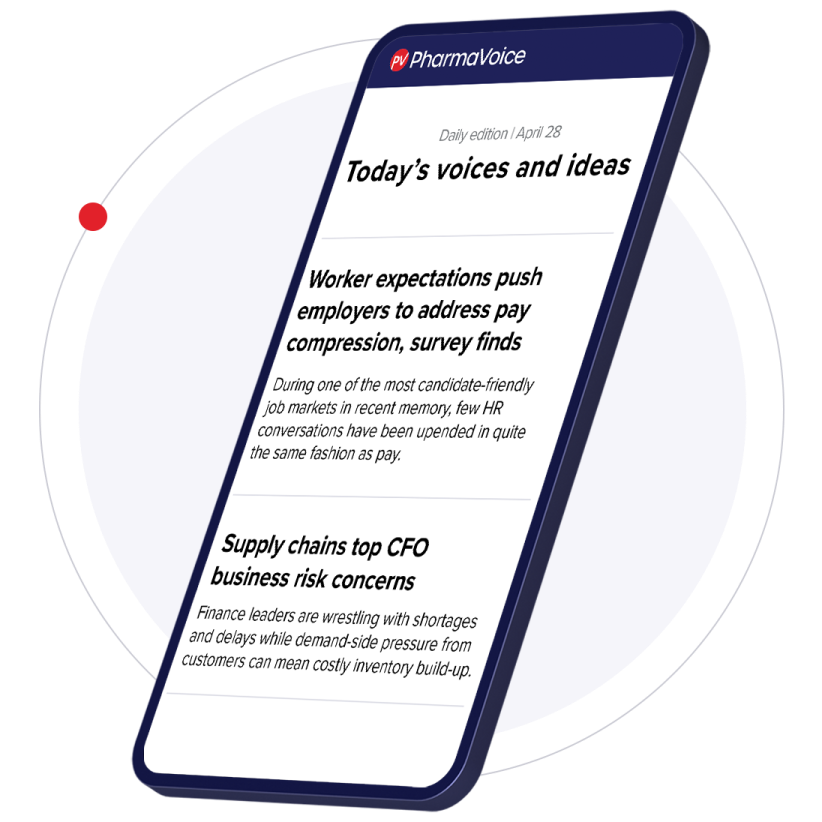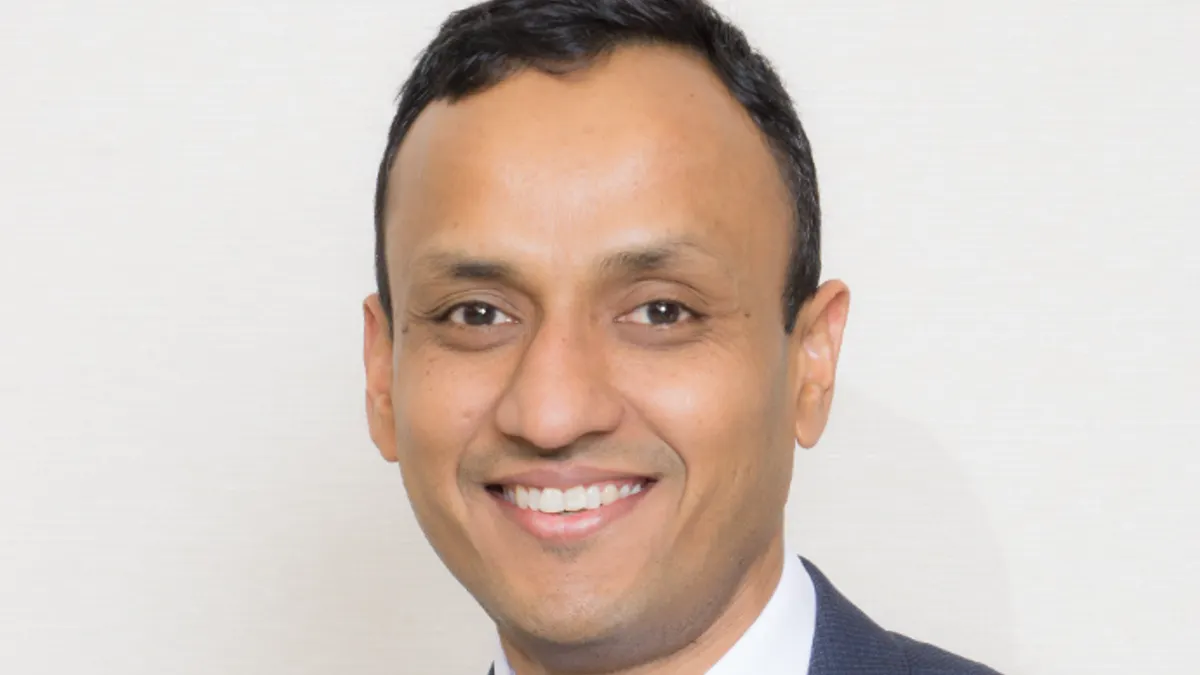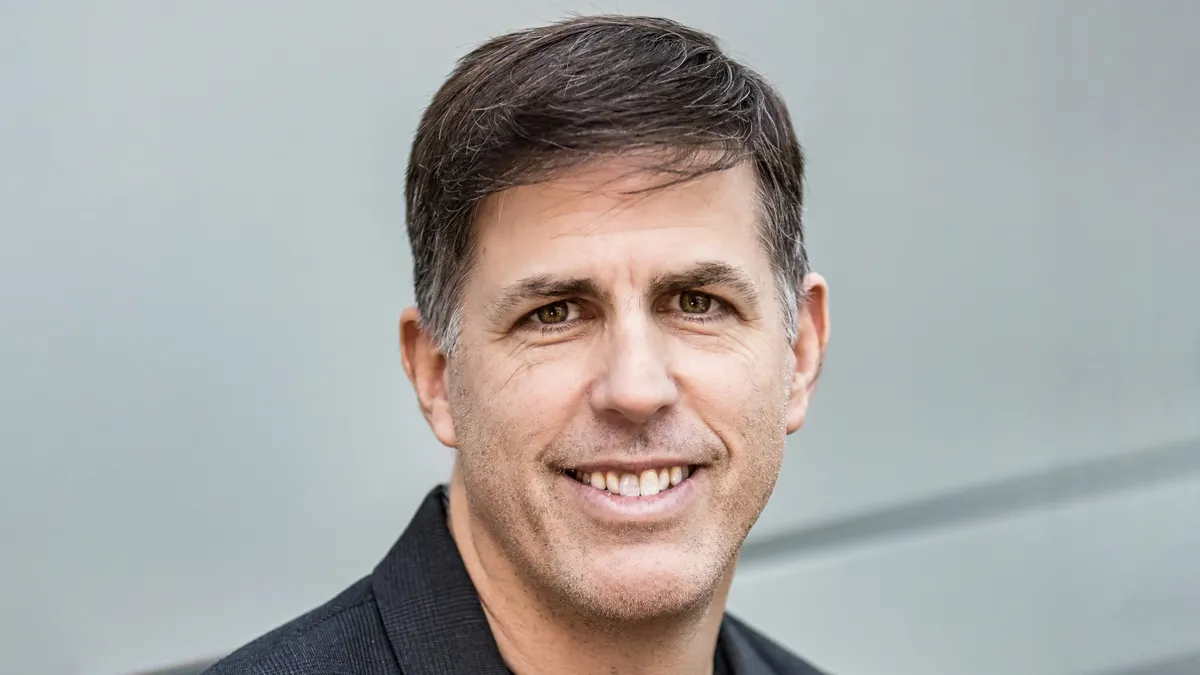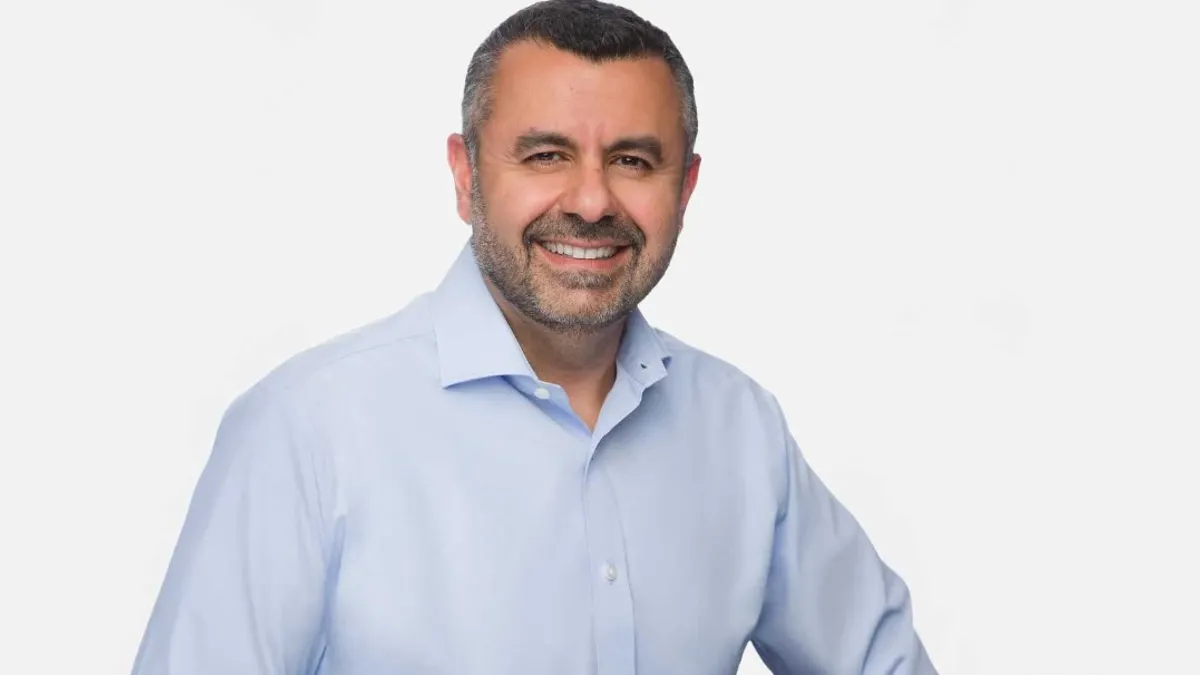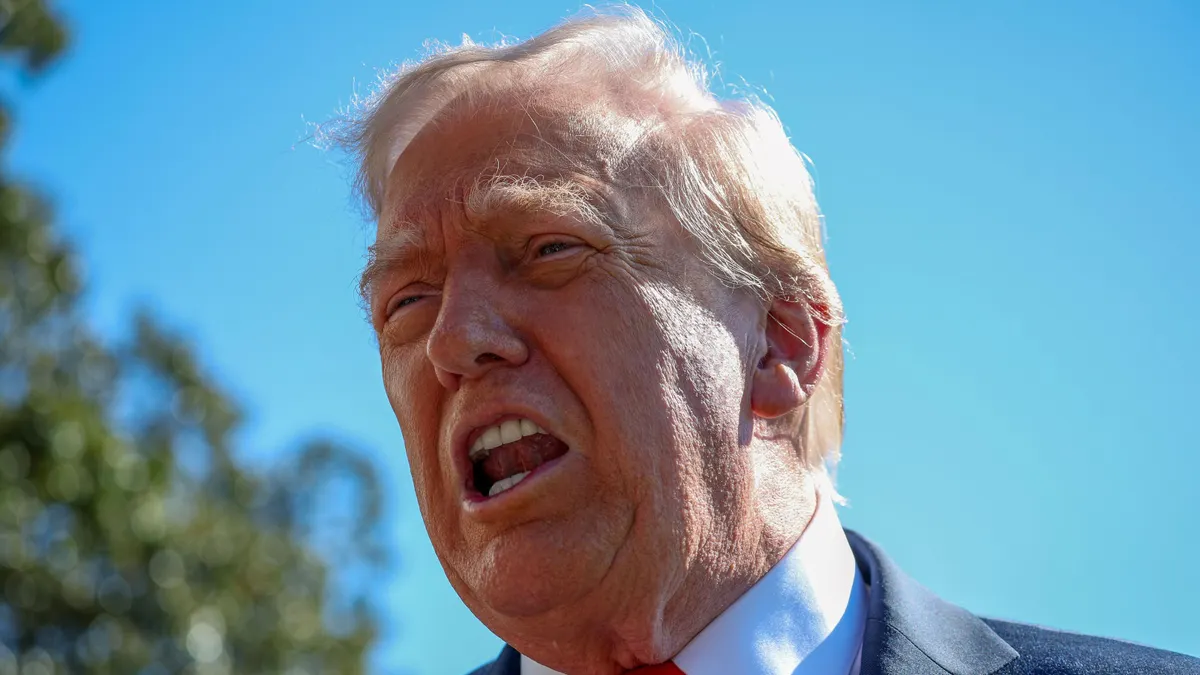Until recently, Novo Nordisk was the undisputed leader in the weight loss drug juggernaut with a market value that exceeded the GDP of its home country of Denmark. But despite a substantial head start in the GLP-1 drug market driven by blockbusters Ozempic and Wegovy, the weight loss titan was stripped of its market dominance by rival Eli Lilly last spring. Now, company challenges are piling up, triggering investor skepticism and slumping market shares, which have been down 45% this month, according to Reuters.
“They were late and slow to a lot of the competitive challenges and changes in the market when it comes to obesity,” said Evan Seigerman, managing director and head of healthcare research and senior biotechnology and pharmaceutical analyst at BMO Capital Markets. “They used the old commercial model they relied on for diabetes — slower access, going through traditional channels, not assuming that demand was going to skyrocket — and they got left behind.”
Novo is now aiming to correct course with a new CEO Maziar Mike Doustdar, who was appointed in July, a major reorganization of the company’s board, global layoffs and pipeline restructuring. But can Novo regain lost ground?
“I want to see how this talk translates into action. That's my biggest question mark when it comes to Novo,” Seigerman said. “Clearly they’ve identified problems, which is great, but have they identified the root causes of these problems, and are they doing enough to solve them?”
How Novo can win back the market
Novo has long led the way in the GLP-1 market. Its drug Saxenda was the first approved for weight loss in 2014, followed in 2021 by the eventual blockbuster Wegovy, a high-dose formulation of semaglutide.
But Eli Lilly, which launched its obesity drug Zepbound in 2023, has taken the top spot in the market duopoly. Along with Zepbound’s performance edge over Wegovy, Lilly has also done a better job marketing its drugs, Seigerman said, including through its direct-to-consumer channel Lilly Direct, which has helped drive sales, while Novo has lagged behind.
In particular, Novo relied on the old commercial model they used to market diabetes drugs and didn’t invest enough to supply the U.S. market, which is their largest and most profitable, Seigerman said.
Part of the challenge has been driven by early drug shortages for GLP-1s triggered by intense patient demand, which impacted Novo and Lilly. This opened the door to drug compounders producing custom-made GLP-1s, which is permitted when branded drugs are in short supply. The large pharmas’ headaches seemed to be over once the FDA took the GLP-1s off the drug shortage list. But companies like Hims & Hers continue to produce off-brand versions using a loophole that allows them to create “personalized” versions for patients.
To regain market share, the company needs to stop losses driven by copycat products while gaining a stronger footing in the U.S. market. A deal with the Trump administration, similar to those by companies such as Pfizer and AstraZeneca, could present an avenue toward both.
“My hypothesis is that they're working to strike a deal where they may take down cash prices, but open up access in Medicare, and … really stop the compounders,” Seigerman said.
The company will also need to adopt more innovative strategies and maximize its DTC platform, NovoCare Pharmacy, to retake lost market share, Seigerman said.
The rollout of its potentially market-leading GLP-1 pill will serve as a test case for a new approach. The company will need to position itself against competition from Lilly’s oral option, orforglipron, which could gain approval by the end of the year. This time, Novo’s pill appears to have the efficacy edge, Seigerman said. But it has to be taken on an empty stomach, unlike orforglipron, which may be less convenient. How Novo markets this drug could determine whether it reclaims momentum.
Leveraging R&D
Seigerman said investors are also interested in how Novo’s pipeline of new products will pave the company’s path forward.
“[Novo] needs the next wave of innovation to challenge not only Lilly, but potential upcoming players such as Pfizer, Amgen and Roche,” Seigerman said.
One promising drug class in development is the company’s investigational oral and injected amycretin candidates now moving into phase 3, Seigerman said. These drugs target both GLP-1 and a second pancreatic hormone, amylin, that helps regulate appetite. The dual-target approach could prove more effective than GLP-1s alone, Seigerman said, and in trials, patients lost 22% of their body weight in 36 weeks versus the 14% with Wegovy. Patients also didn’t appear to see the same weight-loss plateau that’s common with GLP-1s.
“When I talk about amylin with experts they said if we knew everything that we do now about amylin versus GLP-1 they would have pursued amylin first over GLP-1 for obesity,” Seigerman said. Lilly also has an amylin-targeting candidate, eloralintide, which saw favorable results in phase 1, producing about 11% average body weight loss at 12 weeks. The drug also seemed to produce fewer stomach-related side effects than GLP-1s.
Novo is also expanding indications for its existing GLP-1 drugs. Two phase 3 Alzheimer’s trials could demonstrate the drug’s potential to slow cognitive decline in people with the most common form of dementia, potentially opening up another lucrative market, Seigerman said.
As evidence for new drugs comes in, Novo’s efforts to streamline and refocus its operations has seen some success and sales already appear to be ticking up, rising 27% quarter-to-quarter according to Seigerman.
But there will be competition on the road ahead, primarily from Lilly, which has been outperforming Novo when it comes to business fundamentals.
“They're selling more. They're gaining share. And I think they understand how to meet the moment in terms of access, cash pay and in terms of making a product people want,” Seigerman said. “Lilly also has a really strong portfolio of products.”
But Novo still has the potential to right the ship. Novo’s next earnings report is due in early November, which should show whether the company can answer a large, looming question.
“Is this shake up enough to translate into a revamped company culture that prioritizes speed, efficiency, quick decision making, transparency and real competitiveness?” Seigerman asked.


